Baby calves are hitting the ground, and lush, green pastures ready for grazing, and grass tetany potentially. Cattlemen know there’s a danger in those beautiful, green spring grasslands. A nutritional disorder known as Grass Tetany, Grass Staggers or Hypomagnesaemia. Grass Tetany is a deficiency of magnesium that causes them to stagger, look alert and become easily excitable and often results in death. Magnesium is a required mineral for beef cattle. It is involved in many enzyme activations. Therefore magnesium is important for many biological processes. Magnesium is particularly involved in nerve and muscle impulse transmissions. There are 5 risk factors for developing this deficiency:
1. Age or Maturity of the Cows
Older cows that have produced 2 or more calves in prior calving seasons are more at risk to develop grass tetany during lactation. As a beef cow moves from the gestational to the lactational physiological state, magnesium requirements increase from 0.12% to 0.2% of the dry matter intake. Older cows have a more difficult time mobilizing stored magnesium from bone to meet these increased requirements. In beef cattle 65-70% of the body’s magnesium is stored in the bone. While the diet may technically meet requirements, without mobilization of stored magnesium grass tetany can develop. More mature cows have more difficulty with this biological process.
2. Fertilization Protocol of the Pasture
In soils, the fertilization protocol can greatly affect the minerals available in the grasses grown on that pasture. High levels of potassium, nitrogen and to a lesser extent phosphorous in the soil can interfere with a plant’s ability to absorb magnesium. This creates a forage that is low in magnesium and high in potassium and nitrogen. Therefore, it is recommended that pasture fertilization protocols be managed with the use of soil testing. Fertilization based on soil analysis prevents over use of nitrogen, phosphorous, and potassium (NPK) fertilization.
3. Manure Management on the Pasture
Similar to over fertilization, over accumulation of manure from previous grazing seasons can also result in decreased magnesium in the grasses. Manure is going to add nitrogen, organic acids, and long chained fatty acids to the soil, which will also decrease the absorption of magnesium by growing grasses. Resting a pasture can help alleviate this risk for the next grazing occurrence.
4. Species of Grasses
Plants deficient in magnesium tend to be rapidly growing cool season grasses. Some species commonly involved with magnesium deficiency are:
- orchard grass
- rye grass
- timothy grass
- fescue grass
- crested wheatgrass
- brome grass
- small grain producing varieties such as oats, barley or triticale
To decrease the risk of developing Grass Tetany, it has been recommended that producers introduce legumes to the pasture at a rate greater than 30% since species, such as alfalfa, are not typically deficient in magnesium with the NRC average being 0.37% of dry matter.
5. Forage Nutrients
Pasture grasses with dry matter mineral concentrations of less than 0.2% magnesium and greater than 3.0% potassium are known to cause grass tetany. Just like in soil, excess potassium in the diet interferes with magnesium absorption and forces cows to rely on mobilization of stored magnesium for lactation.
You can send your forage samples to Ward Laboratories Inc. to test for mineral concentrations to determine if your forage matches that profile. If so, feeding a high magnesium free choice mineral may be necessary. Magnesium concentrations in those minerals typically range from 8-12%. Magnesium Oxide is typically the compound added to the mineral mix and is unfortunately unpalatable and therefore, as a producer if you may need to get creative with how you are going to get that magnesium into those cows, for example mixing it in with a protein supplement if free choice mineral intake is low.
In conclusion, there are 5 risk factors for development of Grass Tetany: maturity of cows, fertilization protocol on pasture, manure on pasture, species of grasses and forage mineral concentrations. Ward Laboratories Inc. can help you manage your pasture with soil testing and your forage with feed analysis.

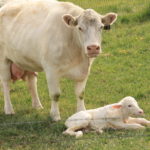
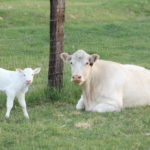
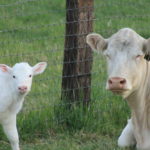
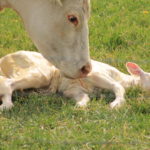
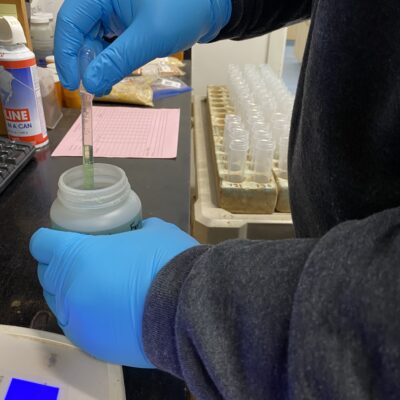
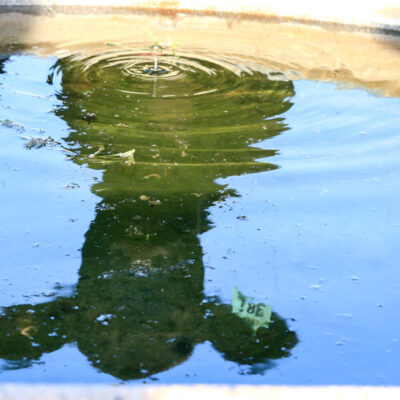
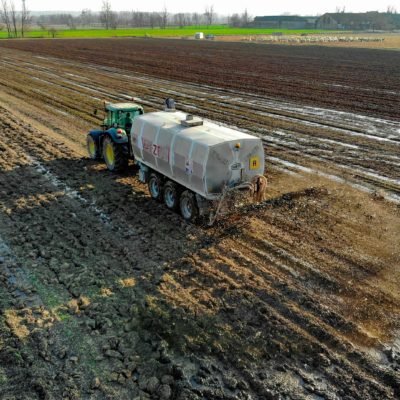

[…] first major concern is magnesium deficiency referred to as ‘Grass Tetany’. However, that isn’t the only mineral of concern. Imbalanced mineral nutrition can result in […]